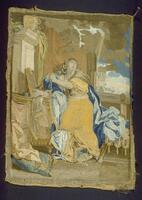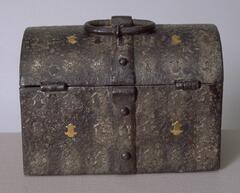62 UMMA Objects
62 UMMA Objects

Christian Vogt
Barbara and Rike
1981
Gift of Mr. and Mrs. David C. Ruttenberg through the courtesy of the Ruttenberg Arts Foundation
1984/2.64
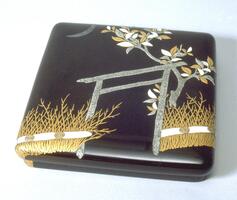
Ogata Kōrin
Writing Box (Suzuri-bako)
1661 – 1716
Gift of the Baroness Maud Ledyard von Ketteler
1942.7
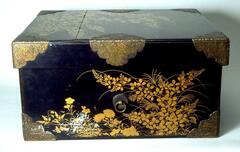
Japanese (Japanese (culture or style))
Large Box with Cover and Metal Fittings
1615 – 1867
Bequest of Margaret Watson Parker
1955/1.170
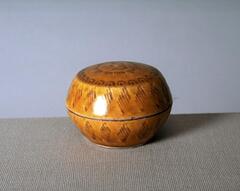
Kawai Kanjirô
Round Box with Lid
1929 – 1942
Gift of Willard A. and Marybelle Bouchard Hanna
1991/2.25.1-2
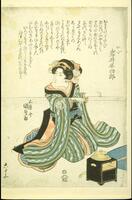
Utagawa Kunisada (Japanese (culture or style))
Iwai Hanshirô as (Yaoya) Oshichi (the greengrocer's daughter)
1820 – 1844
Gift of the Estate of Helen B. Hall
1997/2.32

Elliott Erwitt
Ballycotton, Ireland, from "Master Prints Volume II"
1968 – 1985
Gift of Mr. Clayton E. Wilhite
1987/1.253.4
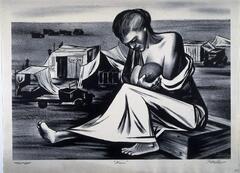
Paul Weller
Noon
1939
Allocated by the U.S. Government
Commissioned through the New Deal art projects
1943.148
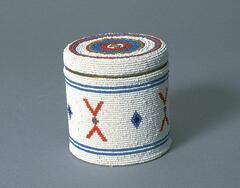
Lakota;Assiniboin (Lakota (culture or style);Assiniboin)
Beaded Storage Tin
1905 – 1915
Gift of the Honorable Jack Faxon
1985/1.96
![A rectangluar box woven with bamboo. There is a strip of bamboo with a clasp to keep the basket closed and in one piece. Used as a fermer's lunchbox.<br />
<br />
This lunchbox is woven from strips of bamboo. The outer part is plain-woven, while the inner part is woven in the style of a reed mat. The frame is made from bands of bamboo tied together in two places. Lunchboxes such as this one were used to deliver meals to those working in fields.
<p>[Korean Collection, University of Michigan Museum of Art (2017) p. 278]</p>
A rectangluar box woven with bamboo. There is a strip of bamboo with a clasp to keep the basket closed and in one piece. Used as a fermer's lunchbox.<br />
<br />
This lunchbox is woven from strips of bamboo. The outer part is plain-woven, while the inner part is woven in the style of a reed mat. The frame is made from bands of bamboo tied together in two places. Lunchboxes such as this one were used to deliver meals to those working in fields.
<p>[Korean Collection, University of Michigan Museum of Art (2017) p. 278]</p>](/media/W1siZiIsIjIwMjIvMDkvMjQvMW04NXo0anoyNl9kZWZhdWx0LmpwZyJdLFsicCIsInRodW1iIiwiMjQweDIwMCJdXQ?sha=39da02e99668303f)
Korean (Korean (culture or style))
Farmer's Lunchbox
1850 – 1950
Gift of Ok Ja Chang and the Chang Family
2009/2.50
Loading…
